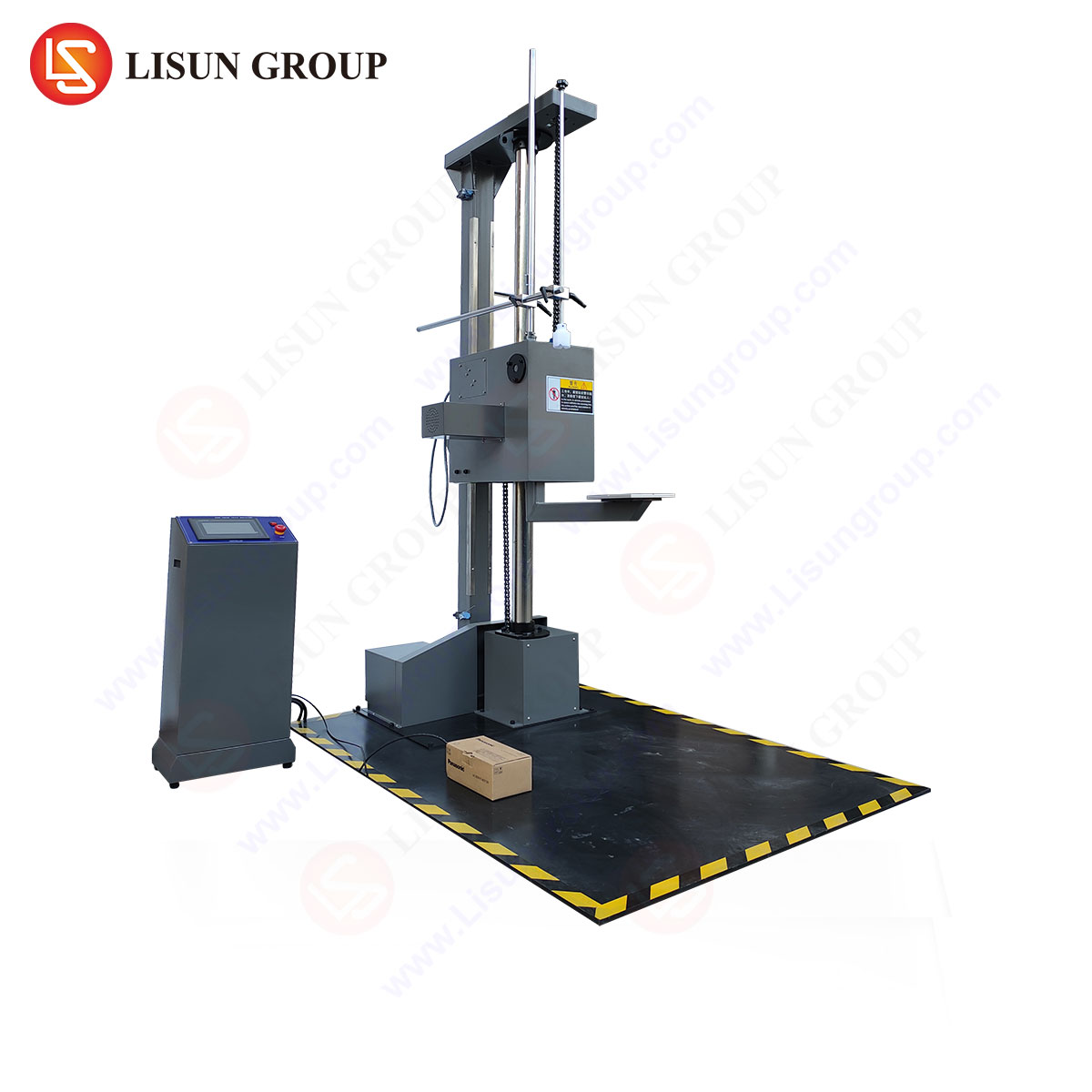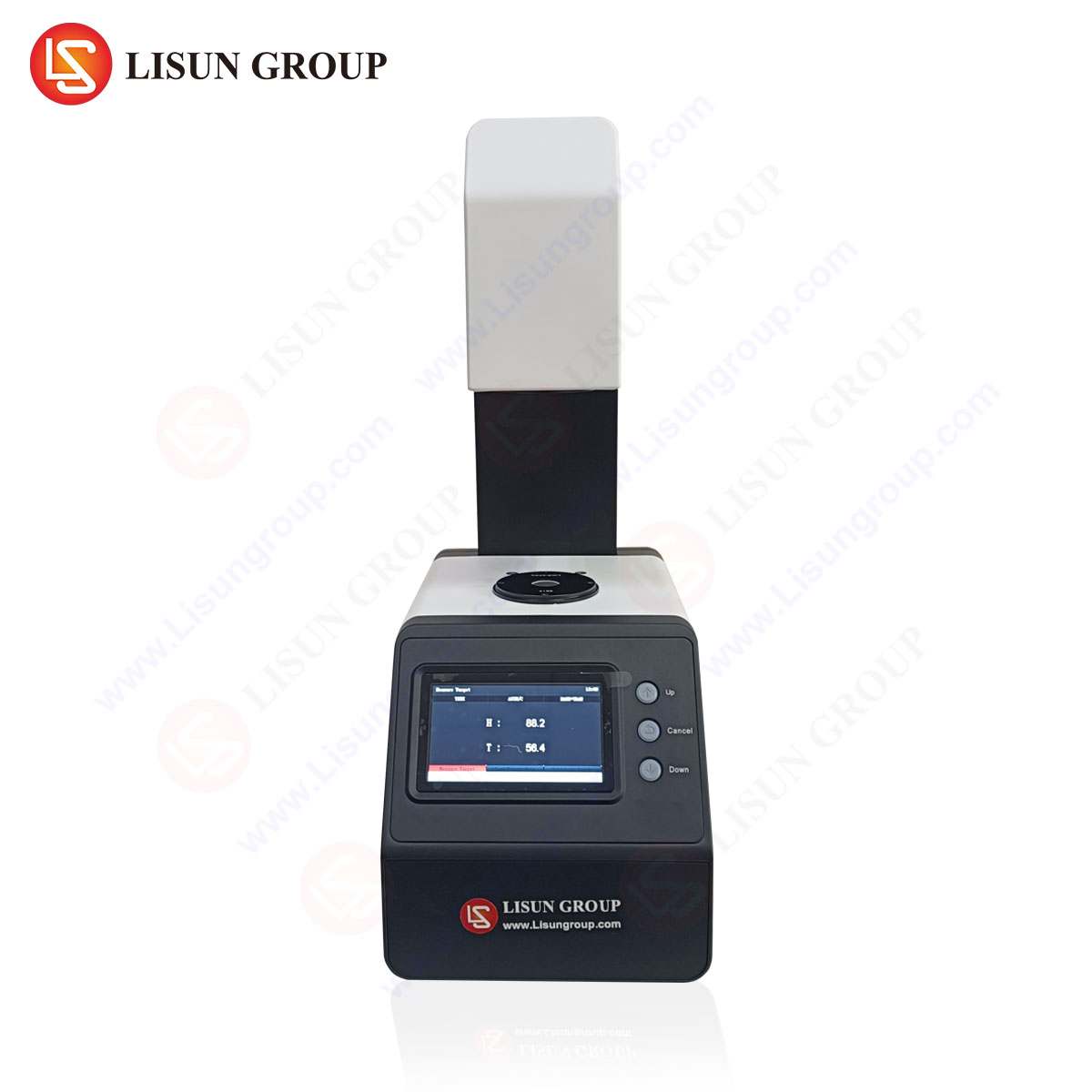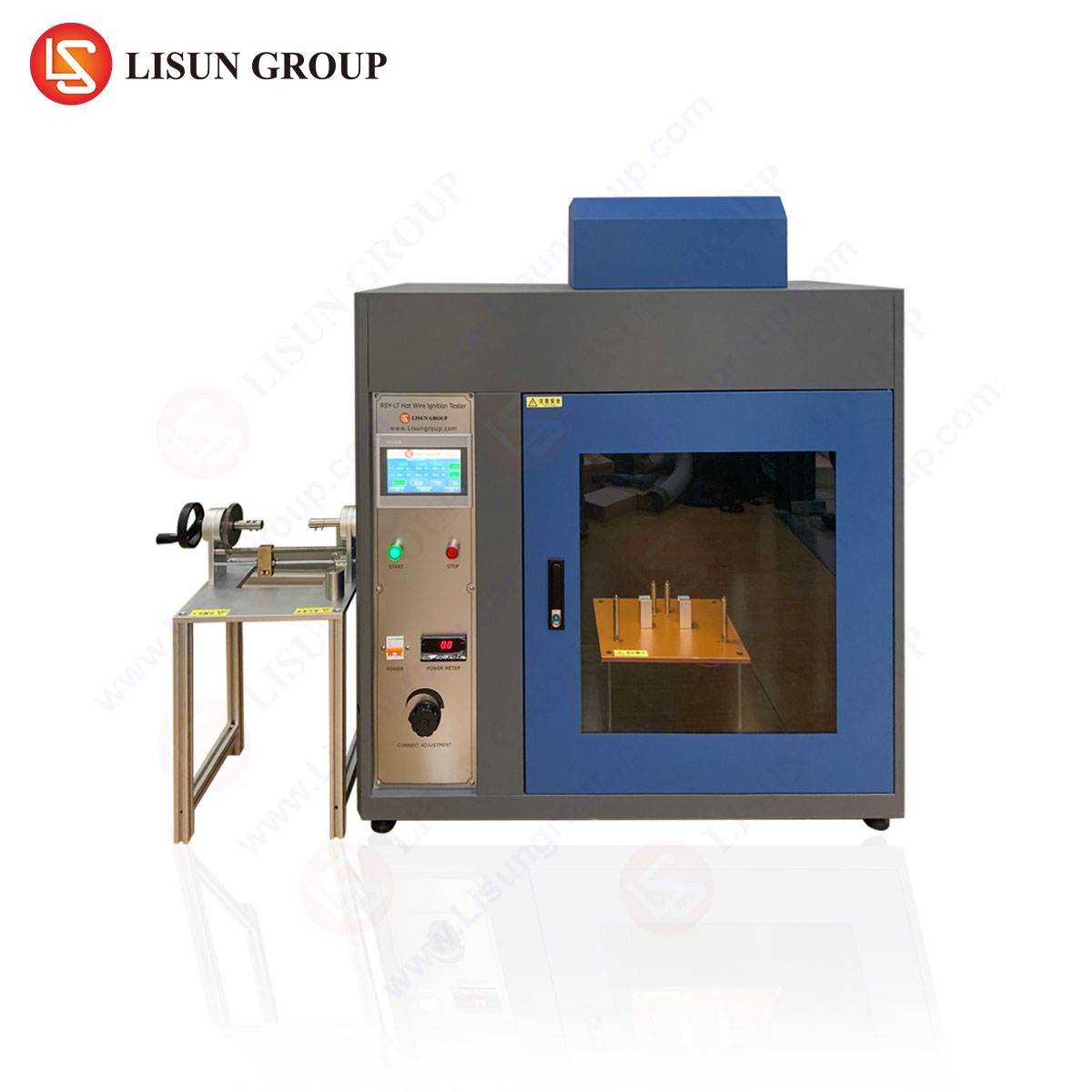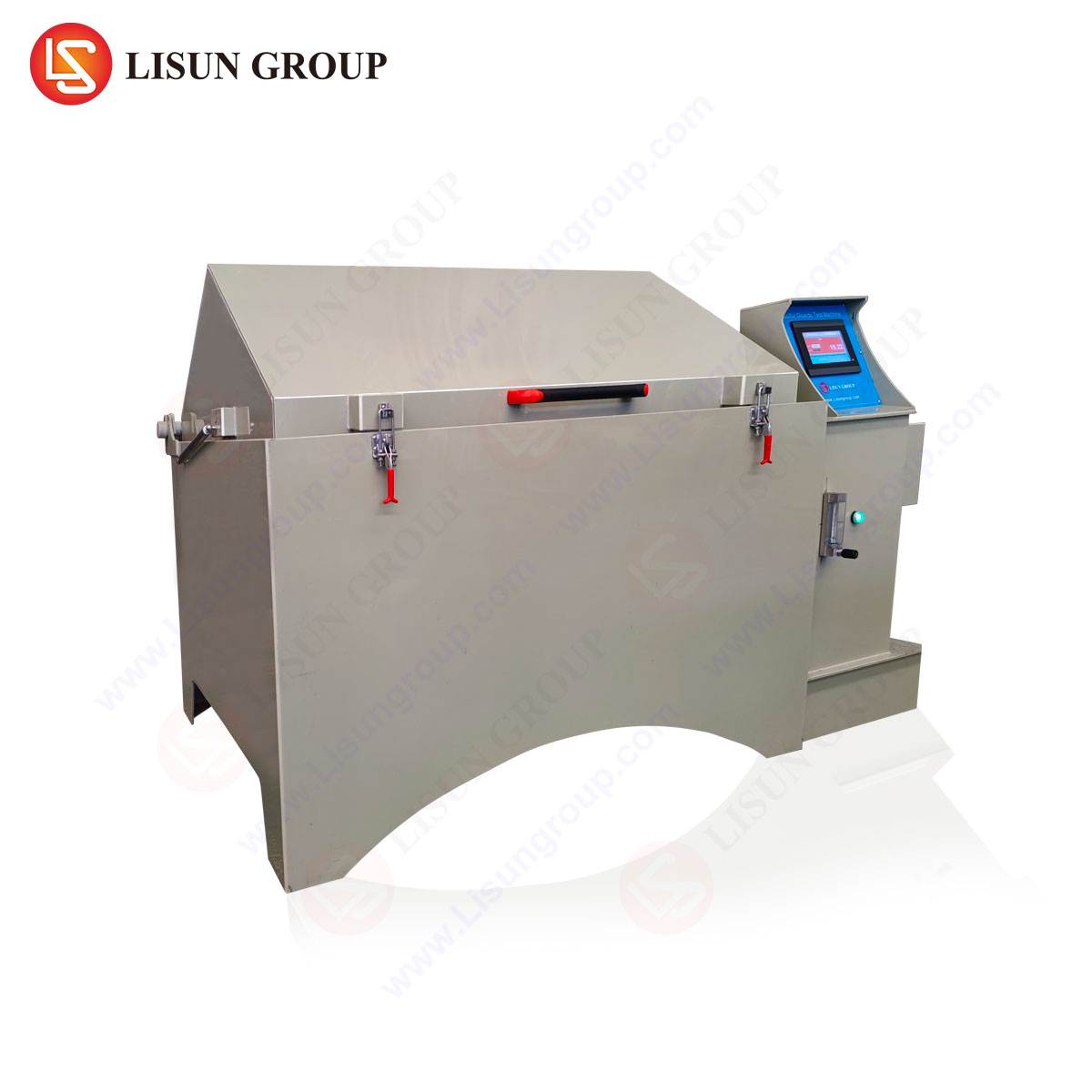Defining Haze and Turbidity in Optical Clarity Measurement
Haze and turbidity are distinct yet interrelated optical properties used to quantify light scattering in materials and liquids. Haze refers to the percentage of transmitted light that deviates more than 2.5 degrees from the incident beam due to surface or internal imperfections in transparent or translucent materials. Turbidity, conversely, measures the cloudiness or suspended particle concentration in liquids by assessing light scattering at 90 degrees from the incident path.
While both metrics evaluate light diffusion, their measurement principles, applications, and industry standards differ significantly. Haze is governed by ASTM D1003 and ISO 14782, whereas turbidity adheres to ISO 7027 and EPA Method 180.1. The distinction is critical in industries where material transparency or liquid purity impacts performance, safety, or compliance.
Optical Measurement Principles: Scattering Mechanisms and Instrumentation
Haze meters and turbidity meters employ divergent optical geometries. A haze meter, such as the LISUN HM-100, integrates a CIE-compliant light source and detector system to measure forward-scattered light at wide angles. The device calculates haze percentage using the formula:
[ text{Haze (%)} = left( frac{T_d}{T_t} right) times 100 ]
where ( T_d ) is diffuse transmittance and ( T_t ) is total transmittance.
Turbidity meters, however, utilize nephelometric or backscatter techniques. The HM-100’s dual-function design incorporates both haze and turbidity measurement modes, leveraging a stable LED light source (860 nm for turbidity) and a high-sensitivity photodetector. This hybrid capability ensures compliance with ISO 7027 for turbidity while maintaining ASTM D1003 accuracy for haze.
Industry-Specific Applications and Material Considerations
Electrical and Electronic Equipment
In display panels or protective films, haze affects readability and anti-glare performance. The HM-100 evaluates polymer films used in touchscreens, ensuring haze levels remain below 2% for optimal clarity. Turbidity testing is irrelevant here, as it applies exclusively to liquid media.
Automotive Electronics and Lighting Fixtures
Polycarbonate lenses in automotive lighting must balance haze (for diffusion) and transparency (for regulatory photometric output). The HM-100 verifies compliance with SAE J576 standards, where excessive haze (>5%) can impair headlight efficacy.
Medical Devices and Aerospace Components
For IV bags or aircraft windows, low haze (<1%) is critical to prevent visual distortion. The HM-100’s 0.1% resolution detects minute variations, while its turbidity mode assesses sterile water purity in pharmaceutical manufacturing per USP .
Competitive Advantages of the LISUN HM-100 Haze/Turbidity Meter
The HM-100 distinguishes itself through:
- Dual-Function Precision: Measures haze (0–30%) and turbidity (0–1000 NTU) with ±2% repeatability.
- Multi-Standard Compliance: Aligns with ASTM, ISO, and DIN standards across industries.
- Automated Calibration: Reduces operator error via built-in calibration routines for both haze and turbidity modes.
- Broad Sample Compatibility: Accommodates films, liquids, and irregular solids with optional sample holders.
Comparative Data: Haze vs. Turbidity Measurement Parameters
| Parameter | Haze Measurement | Turbidity Measurement |
|---|---|---|
| Scattering Angle | >2.5° forward scatter | 90° side scatter |
| Applicable Phase | Solids, films | Liquids, suspensions |
| Key Standards | ASTM D1003, ISO 14782 | ISO 7027, EPA 180.1 |
| HM-100 Range | 0–30% | 0–1000 NTU |
FAQ Section
Q1: Can the HM-100 measure turbidity in highly viscous fluids like silicone oils?
Yes, the HM-100’s nephelometric sensor compensates for viscosity effects, provided the sample is homogenized before testing.
Q2: What is the recommended calibration frequency for haze measurements?
Monthly calibration is advised, though high-throughput environments may require weekly checks using NIST-traceable standards.
Q3: How does the HM-100 handle colored samples that absorb light?
The device’s spectral correction algorithm adjusts for absorbance interference, ensuring accurate haze readings in tinted polymers.
Q4: Is the HM-100 suitable for inline process monitoring?
While primarily a benchtop instrument, it supports RS-232 output for integration into QC workflows with external automation.
Q5: What distinguishes the HM-100 from standalone turbidity meters?
Its dual-mode capability eliminates the need for separate instruments, reducing costs and cross-calibration errors in labs evaluating both solid and liquid samples.






